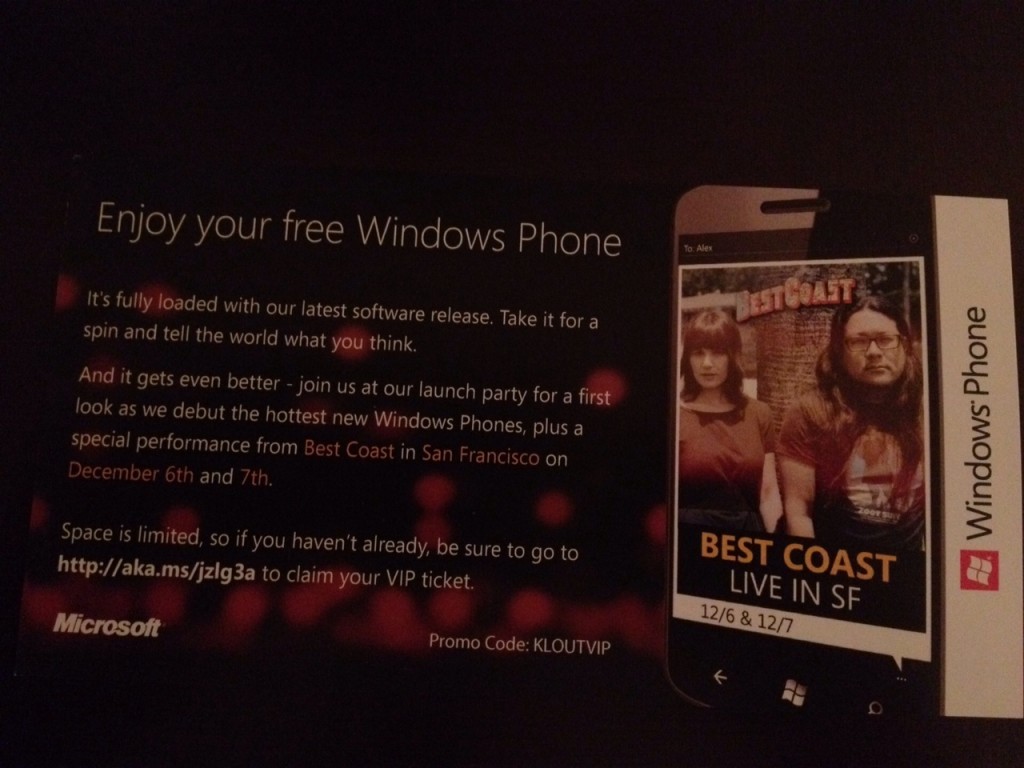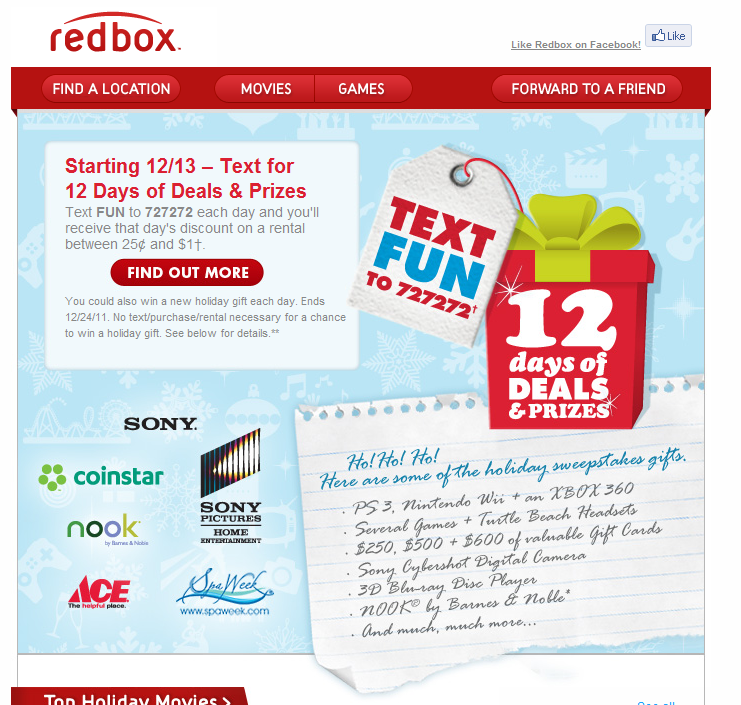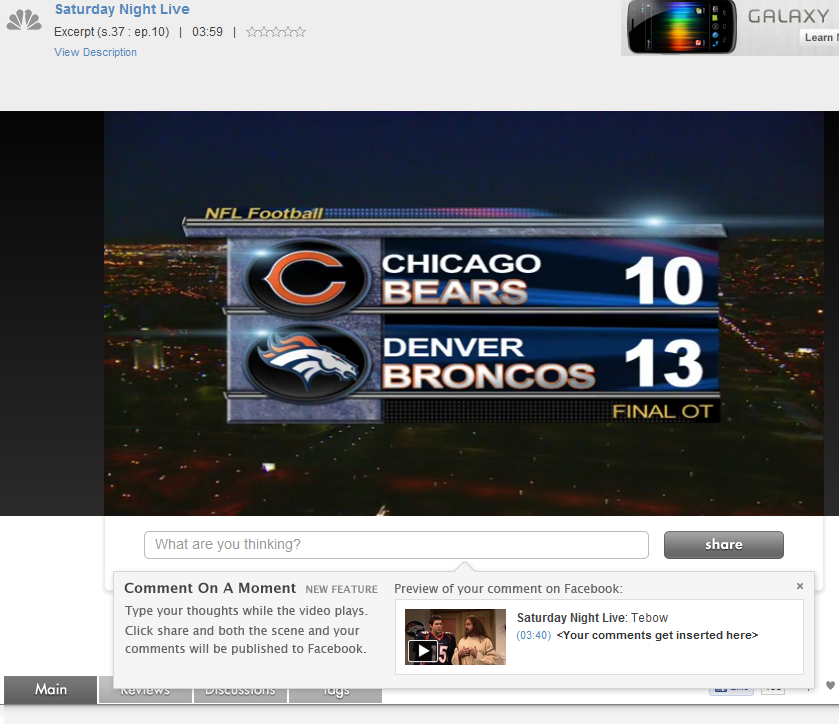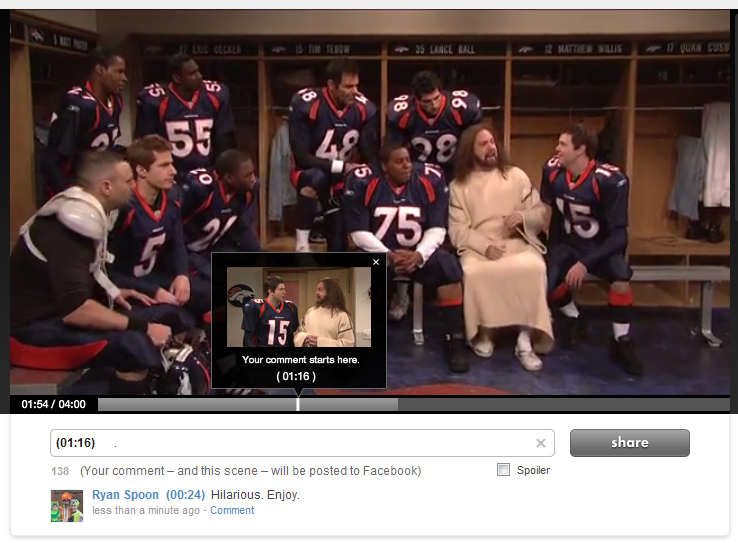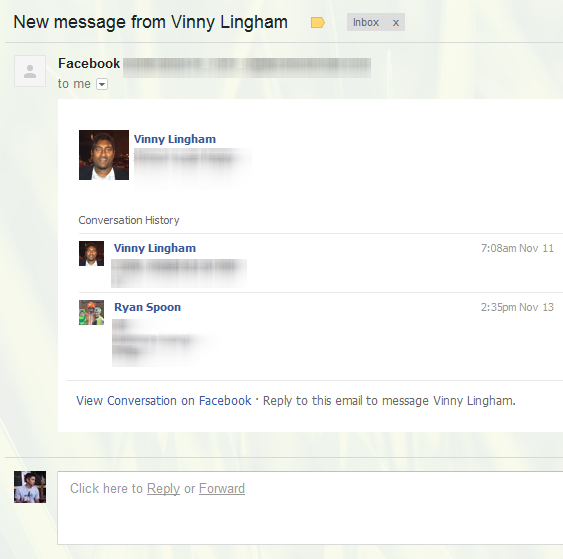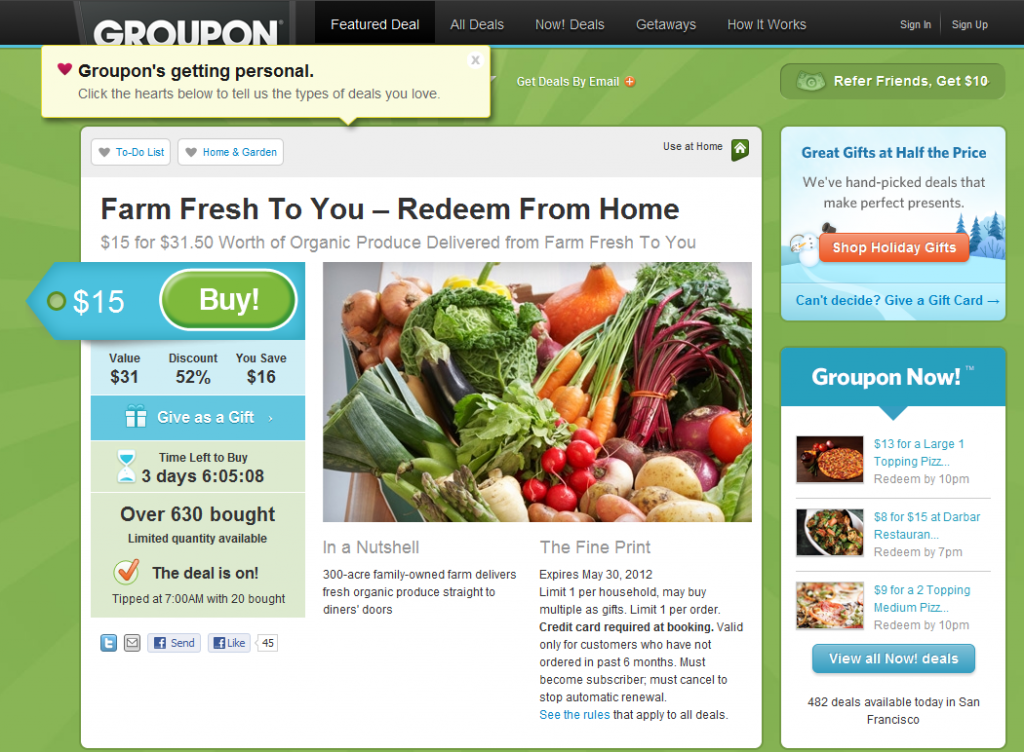During the holiday season, why not write about great packaging? (a theme I have written about before) I am a big fan of Klout. Whether your specific number is truly accurate - it represents a general level of influence. And that's important for brands, marketers, etc. And it reminds me of Ken Blanchard's great quote, which in today's world means everyone is capable of influencing and therefore leading:
"The key to successful leadership today is influence, not authority."
But back to packaging. I received a free Windows Phone from Klout's Perks program. It arrived in this colorful, branded box. The box itself is fun, the quotes are funny and on-brand (you got perk'd!)... and the experience of opening it and receiving a great perk is both exciting and fun. That's a win for Klout and, in this case, Microsoft.
It's also worth reading the insert from Microsoft. "Take it for a spin and tell the world what you think." That sums up the Perks experience well. Get product in front of relevant people. Provide a unique, fun experience. And encourage those 'influencers' to discuss and share.



